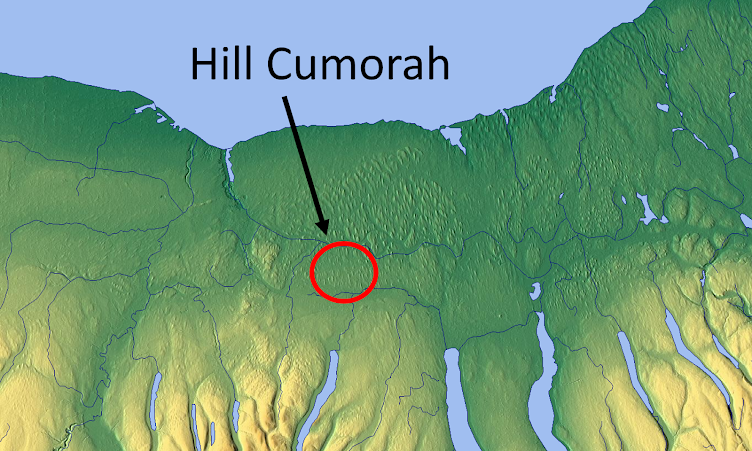
Traditional LDS history assumes Joseph Smith translated the entire Book of Mormon from the set of plates he got from Moroni.
This is the set of plates Moroni hid in the stone-and-cement box he constructed around 321 A.D.
Traditional LDS history is correct regarding Mosiah through Moroni, but the plates of Nephi (D&C 10) were not in that box.
Joseph got them later.
This book explains how and when.
I love this explanation because it answers so many questions about Church history. It demonstrates the reliability and credibility of the Three Witnesses, Joseph Smith himself, and all those associated with the early history of the Church.
Whatever Happened to the Golden Plates? is about 200 pages long in the 5 x 8 format most people like. It's also available on Kindle.
The book includes 107 footnotes. I've reduced footnotes and details in printed versions to keep page counts and prices low, but more material is available to readers online as explained in the book.
This is the latest of my books on Church history and Book of Mormon geography.
The book is only $9.99 on Amazon, $4.99 for the Kindle version. Plus, you get access to the premium content online.
You can go on Amazon and read sample pages, here. The sample includes the Introduction, which explains why I wrote the book.____________
I wrote this book to share what I consider an exciting new development in Church history. It has always been assumed that Joseph Smith translated one set of plates—the ones he got from the box in the Hill Cumorah. But my research suggests that there were in fact two sets: one set containing abridgments by Mormon (Lehi—the lost 116 pages—and Mosiah through Mormon 7) and Moroni (Mormon 8 through Moroni 10), which Joseph translated in Harmony, Pennsylvania, and the other set containing the small plates of Nephi (1Nephi to Words of Mormon), which Joseph translated in Fayette, New York.
If true, this insight may reconcile details of Church history that seem out of place, random, or just strange.
We can’t accept every historical account on its face, unexamined. But in the cases of the evidences I’ll discuss in this book, previously inexplicable accounts seem to fit together to answer important questions that continue to gnaw at us today. Questions such as:
“Where did Joseph get the plates of Nephi?”
[If you think they were part of the record Moroni left in the box on Cumorah, you may be surprised when you take another look at material you’ve read your entire life.]
“Where was the repository of Nephite records Mormon mentioned in Mormon 6:6?”
“Where did Joseph get the plates he showed to the Eight Witnesses?”
And, of course, “Whatever happened to the golden plates?”
____________Chapter one tells you everything you need to know--except all the details.____________
My basic thesis could fit in a tweet: “Joseph translated two separate sets of plates.”
This concept is so obvious to me now that it’s difficult to remember thinking he translated only one set.
And yet, the one-set interpretation of Church history has been taken for granted for decades. Maybe it’s never been challenged before.
Arthur Schopenhauer’s observation is overused, but I think it applies here because my simple tweet, by itself, is not going to overcome the long-held assumption.
All truth passes through three stages.
First, it is ridiculed.
Second, it is violently opposed.
Third, it is accepted as being self-evident.
The rest of this book explains the rationale for my thesis. It’s possible that for some people, the idea alone will suffice. They’ll think back on what they know of Church history and realize that the two-sets-of-plates theory explains a lot of things. It makes sense of the Title Page and D&C 9 and 10. If you already get it, you’re done.
Quickest read ever.
But if you’re like me, you want to explore the facts and the reasoning. So here goes.
____________
I hope you get as much out of this new paradigm as I have!





